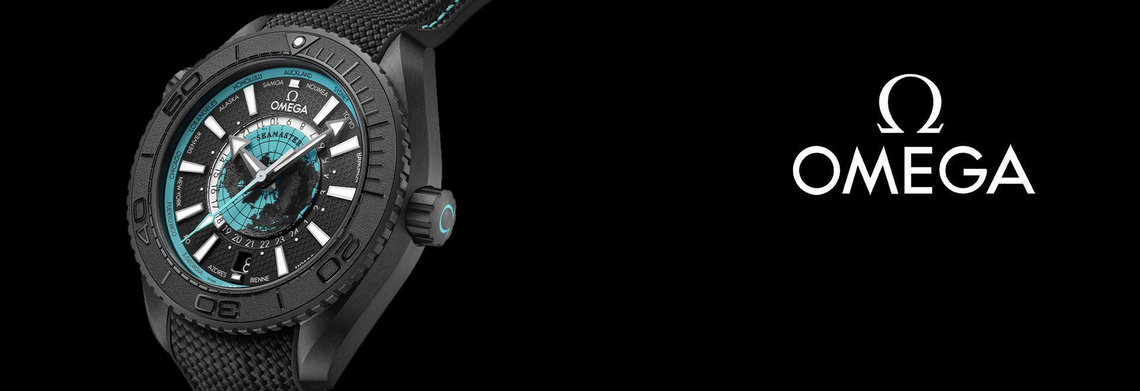

Video: The Origins Of The Omega Seamaster – Part 1 – Omega’s UK Military Watches
If Omega was able to commercialize the Seamaster since 1948, it is mainly thanks to the experience acquired as a supplier of the allied forces. In part one of our video series, we take a look back at this critical period with Petros Protopapas, Omega’s International Brand Heritage Manager.
In the thirties, the wristwatch was starting to distinguish itself from the pocket watch. But it was during the World War II that the watch found its place in our wrists.
During the beginning of the conflict, Omega was asked by the British Ministry of War to provide professional watches to allied forces. These wristwatches were mainly intended for the air and naval forces, and their conception and design had to meet specific requirements and qualifications.
The first specifications established by the British Ministry of War was the introduction of different dials and water resistance. Even still, it’s important to note, these 1940’s specs were far from today’s standards. During the war, the allies revisited specifications constantly with more constraints and water tightness as the main criteria to be inspected.
Petros Protopapas, Omega’s International Brand Heritage Manager, welcomed Watchonista to the Omega Museum in Bienne to talk and understand this part of the brand’s history. In a video enriched with archival pieces, we discover how this partnership with the allies allowed Omega to define the fundamentals of the modern professional watch with the experience gained by delivering more than 110,000 watches!
The two Omega military watch series for the allies
The initial definition of the Allied forces gave birth to a first model. The readability was one of the critical points, with a contrasted dial and a central hand for the seconds allowing perfect readability and time measurement thanks to a stripped down dial layout.
This watch was already a significant step towards developing a successful professional watch, but it was primarily the second definition of the British Ministry of War that was decisive. Waterproofness became an essential specification needed. The case back is engraved with ‘W W W’ meaning “Wrist Watch Waterproof."
This new generation of military watches literally allowed Omega to acquire the technological breakthrough and the industrial experience necessary to launch a whole collection of the Seamaster in the aftermath of the war. Which we’ll soon discover in the second part of our video series dedicated to the 1948 model and the first references of this collection which was so innovative for its time.





